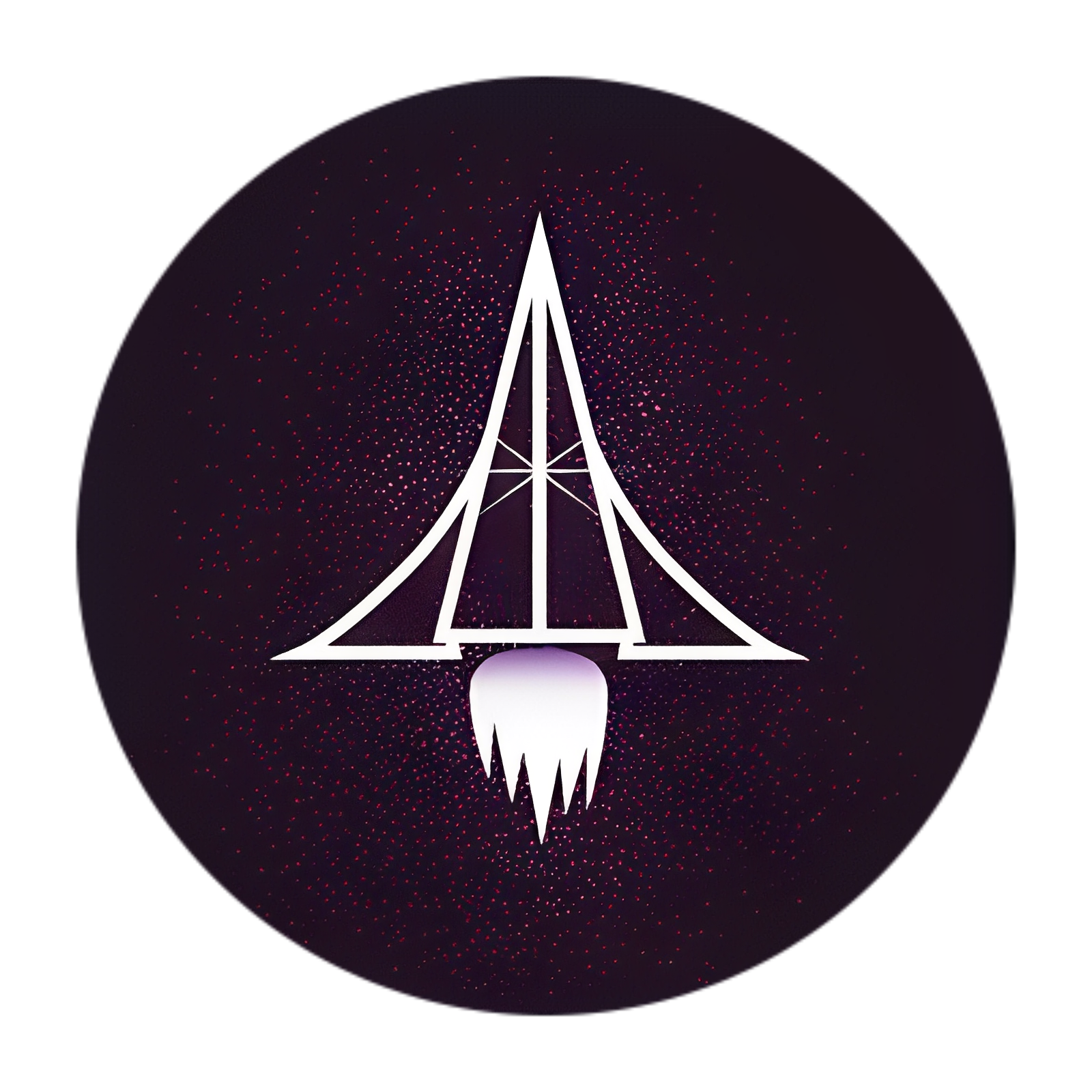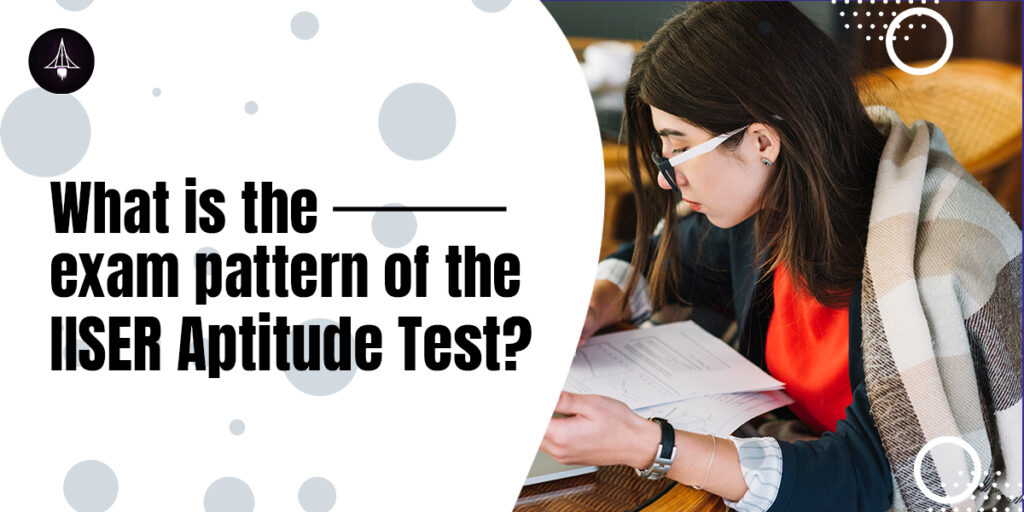Hey, are you an IISER aspirant? Or are you someone who is going to take the IAT this year for admission into IIT Madras or IISc Bangalore? If yes, you must be wondering about the exam pattern of IAT. In this article, we will explain the same along with a comparison of IAT with other national-level tests.
Still in doubt if IISER is worth studying? Click here.
What Is IAT? Is IAT Same As NEET and JEE?
IISER is a chain of vital research institutions that offer a unique blend of classroom teaching and hands-on research experience through its 5-year Integrated BS-MS course. This program is open to higher studies school students in India who have qualified for 10+2 or equivalent exams from any recognised board in Science Stream. However, admission to IISER is highly competitive, and only a few students are selected from the thousands of applicants every year.
IISERs are premium institutes that ensure that only the most talented and deserving students become part of their community. To evaluate the worth of the candidates applying, IISER conducts a rigorous entrance test called the IISER Aptitude Test or IAT.
IISERs are dedicated to research, which requires students to possess conceptual clarity, problem-solving skills, and strong foundational knowledge, among other skills. Therefore, the IAT is designed to test students on these grounds. As a result, IAT has a different exam pattern when compared to other national-level tests like JEE and NEET.
Is IAT More Difficult Than JEE and NEET?
The IAT has a unique exam pattern that sets it apart from other exams. We will delve into the details of the IAT exam pattern in this article, but it is important to note that the IAT is a challenging exam that assesses critical thinking and problem-solving abilities. It is crucial to have a strong grasp of the concepts in order to solve IAT questions. In comparison to exams like NEET, which feature mostly information-based questions, IAT questions are more difficult. Similarly, IAT questions are also more difficult than those on the JEE Mains. While the questions on the IAT are at the level of JEE Advanced, the number of candidates appearing for IAT is significantly less than the number appearing for NEET and JEE. Therefore, the competitiveness of IAT can be lower than that of NEET and JEE. We have provided a comparison of all three exams below:
| IAT | JEE Mains | JEE Advanced | |
| Full Form | Indian Institutes of Science Education and Research Aptitude Test | Joint Entrance Examination Main | Joint Entrance Examination Advanced |
| Purpose | Admission to BS-MS dual degree programs at IISERs, IIT Madras (for BS-MSE course) and IISc | Admission to undergraduate engineering programs at NITs, IIITs, CFTIs and other state colleges; Qualifying exam for JEE Advanced | Admission to undergraduate engineering programs at IITs |
| Conducting Authority | IISERs | National Testing Agency (NTA) | One of the seven IITs on a rotational basis |
| Frequency | Once a year | Twice a year | Once a year |
| Eligibility | Passed or appearing in class 12th with science stream (either PCB or PCM). Minimum percentage required in XII (or equivalent) is 55% for SC/ST/PwD and 60% for other categories. | Passed or appearing in class 12th with science stream (Mathematics Compulsory). Minimum percentage required in XII (or equivalent) is 65% for SC/ST/PwD and 75% for | Ranked among top 2,50,000 JEE Main rank holders; Passed or appearing in class 12th with science stream; Maximum two attempts in consecutive years |
| Mode | Offline CBT | Offline | Offline |
| Language | English | 13 languages | English and Hindi |
| Number of Papers | 1 | 3 (Paper 1 for B.E./B.Tech, Paper 2A for B.Arch, Paper 2B for B.Plan) | 2 |
| Duration | 3 hours | 3 hours for each paper | 3 hours for each paper. Total 6 hours. |
| Difficulty | Moderate to high | Moderate | High |
What Is The Exam Pattern of IAT?
- IAT consists of a total of 60 questions. There are four different sections containing 15 questions each:
- Physics
- Chemistry
- Biology
- Mathematics
- All the questions are Multiple Choice Questions with only single correct answers.
- Total time for answering the test is 3 hours or 180 minutes
- The Marking Scheme is as follows:
- For each correct answer, you will be awarded +4 marks
- For each incorrect answer, one mark will be deducted
- No marks for unanswered questions
The total marks obtained by candidates out of 240 are used to prepare the rank list. Click here to know in detail about the IAT cut-off.
Are both Math And Biology sections compulsory?
The common problem of both PCB and PCM students is that both the Maths and Biology sections are present in the IAT question paper. These sections are not optional. Although, since both PCB and PCM students appear for the exam, if you skip one of these sections, it should not hamper your result much.
But note that if you attempt both sections, it greatly enhances your chances of getting selected. But how can a PCB student solve the maths section and vice-versa? SciAstra comes to your rescue. We have several courses for IAT preparation, and we specifically focus on PCB and PCM students to help them solve the sections that they have not studied in their +2. Click here to learn more about our course.
How To Prepare For IAT?
IAT has a unique exam pattern. Hence, it requires a different strategy. SciAstra has come up with the following strategy that can help you ace IAT.
- Understand the unique exam pattern of IAT by solving mock tests: IAT has a unique exam pattern. Solve the mock tests on the SciAstra app available for free to familiarise yourself with the exam pattern.
- Practice Key Topics: There are certain topics that are frequently covered in IAT. You must have deeper conceptual clarity on those topics. You must practice IAT PYQs for the same. SciAstra provides solved PYQs of IAT as well as other exams. You can check important topics in the ‘Free Materials’ section of the SciAstra app. Download our app now!
- Enrol in SciAstra online courses: SciAstra’s online courses have helped many JEE and NEET students clear the IAT and other competitive exams like NEST, CMI, and ISI. Join SciAstra now. SciAstra has 1000+ selections.
To check the eligibility of IAT, click here.
Conclusion:
This article provides an overview of the IISER Aptitude Test (IAT), an entrance exam for admission into the prestigious IISER institutions, IIT Madras, and IISc Bangalore. It explains that IAT is designed to assess a candidate’s conceptual clarity, problem-solving skills, and foundational knowledge in science, setting it apart from other national-level tests like JEE and NEET. The IAT, conducted once a year, comprises 60 multiple-choice questions across four sections: Physics, Chemistry, Biology, and Mathematics, with a total duration of 3 hours. The exam has a specific marking scheme and is crucial for students seeking admission to the 5-year Integrated BS-MS courses at IISERs. Additionally, the article touches on the exam’s competitiveness and difficulty level compared to JEE and NEET, highlighting the unique challenges and preparation strategies needed for IAT.
FAQs
- How to prepare for IAT?
Take help from SciAstra. SciAstra is like your friend and mentor. Through our youtube channel and website, we do not just guide students about different exams, we also provide courses that can help you ace exams like NEST. Click here to know more.
- What is IISER and why is its entrance exam different?
IISER stands for Indian Institute of Science Education and Research. It offers a unique 5-year BS-MS program focusing on research and requires strong conceptual understanding and problem-solving skills. Unlike JEE and NEET, IAT assesses these abilities through a non-traditional exam pattern.
- When is the IAT exam and what is the eligibility criteria?
The IAT exam is usually held in June. You must be an Indian citizen with a Class XII qualification (or equivalent) and have studied at least three of Biology, Chemistry, Mathematics, and Physics in Class XII. One gap year is generally allowed.
- What is the exam format and marking scheme?
IAT is a 3-hour computer-based test with 60 multiple-choice questions (15 each from Physics, Chemistry, Biology, and Mathematics). Each correct answer earns 4 marks, each incorrect answer deducts 1 mark, and there’s no penalty for unattempted questions. The total score out of 240 determines your rank.
- Are both Math and Biology sections mandatory?
Yes, both sections are compulsory. While skipping one won’t significantly impact your result if both PCB and PCM students are taking the exam, attempting both sections significantly improves your chances.
- How can I prepare for the IAT exam?
Familiarize yourself with the unique exam pattern by taking mock tests. Focus on key topics through past year question papers and practice problems. Consider enrolling in online courses designed specifically for IAT preparation, like those offered by SciAstra.
- Where can I find more information about the IAT exam?
The official website for IAT is iiseradmission.in. You can also find valuable resources and preparation materials on websites like SciAstra, which offers courses specifically tailored for IAT aspirants.
About us:
SciAstra is a team of scientists and research scholars from the top research institutes around the world, like Oxford, Harvard, Cambridge, and so on. Our vision is to promote critical thinking and scientific temperament by helping students pursue careers in science.
We offer many free and paid courses where our mentors from the top research institutes like IISER, NISER, IACS, CMI, ISI, IISC Bangalore, etc., teach students in live classes, with study materials, mock tests, books, and everything needed. We have taught more than 10,000 students already since 2021 and achieved over 1000 selections with AIR 1, 7,10, 12, and 13 in IISc Bengaluru, IISERs, NISER, IACS, and so on. If you are looking to prepare for IAT / NEST 2024, you can check out our courses and get access to live classes, recorded lectures, study material, mock tests, doubt-clearing classes, and much more!
To know more about us, click here OR download the SciAstra App from the Play Store and App Store!





